Let's talk about what goes on behind the scenes of the gambling industry. Let's start with the fact that in the early days of their existence, casinos were, to put it mildly, not very transparent. And who do you think was one of the first to break into this world of gambling entertainment? Yes, yes, you thought right - the mafia. At the time, it was the perfect way for organized crime groups to line their pockets. And when casinos became popular places for entertainment, the mafia only strengthened its position in this sphere.
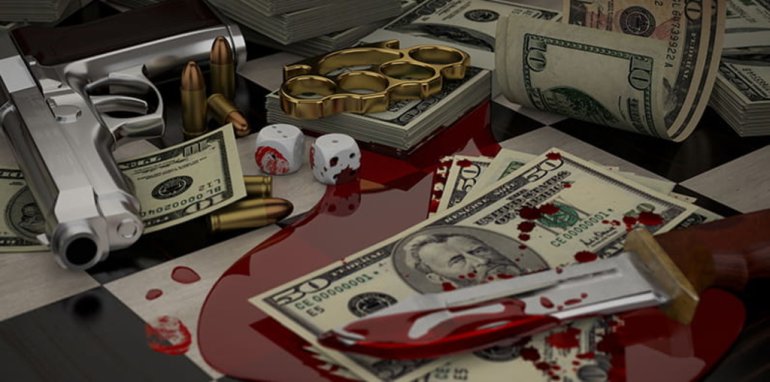
But, as they say, things change. Gradually, the state began to take measures against organized crime in casinos. Laws became stricter, control intensified, and mafia structures faced serious challenges from the government. Casinos, in turn, were forced to reconsider their relationship with the mafia.
But do not think that all problems were solved. The golden era of casinos and the mafia certainly left its imprint in history. And even today, when casinos try to stick to the law, they cannot completely avoid the influence of shadowy structures. After all, sometimes it is not easy to break all the ties that originated in the past.
Modern casinos try to actively fight the mafia and other forms of organized crime. Legislation is becoming stricter, security technologies are evolving, and the gambling industry is striving for a more fair and transparent game. So, despite all the difficulties and complexities associated with the mafia and casinos, the gambling industry continues on its way. And, as they say, "roulette spins" - and history is still being written.
The emergence of casinos and the first links with the mafia
Casinos came into existence not only as places of entertainment, but also as a space for illegal income. In their infancy, casinos, oddly enough, were among the first "customers" of the Mafia. A simple calculator of events: high profits, big money, and there is already as usual. It is not difficult to guess that the mafiosi quickly drew attention to this "fruitful" business.
Mafia structures began to increase their positions in the world of gambling, and casinos became dens for all sorts of unclean "business". Bandits began to control the casinos, providing themselves a stable income and power in this area. And where there is money, there is influence, and often the "law". Thus, casinos have become an important part of the mafia empire, providing it with financial stability and disguising illegal operations.
And although the situation changed a little over time, the first connections of the mafia with casinos left their imprint in history. After all, as they say, the first experience leaves the deepest impression, and the first steps of the mafia in the world of casinos were not the last.
History of the Mafia-Casino Connection: How Organized Crime Invented Las Vegas
This absurd place in the middle of the Mojave Desert, created by gangsters and turned into a modern money machine by billionaires, still has a reputation as an evil place. It promises equal parts excitement, sex, oblivion, escape, meaninglessness and redemption. And it loves its villains no matter what. Until now. But how did the Mafia become so powerful in Vegas? Why is America's playground unthinkable without them?
The day the American Mafia's rise to secret power began was January 16, 1920. On this day, with the last glass of alcohol in their hands, Americans made their last toast: it was the beginning of Prohibition. Alcohol consumption remained prohibited in the United States for 13 years.
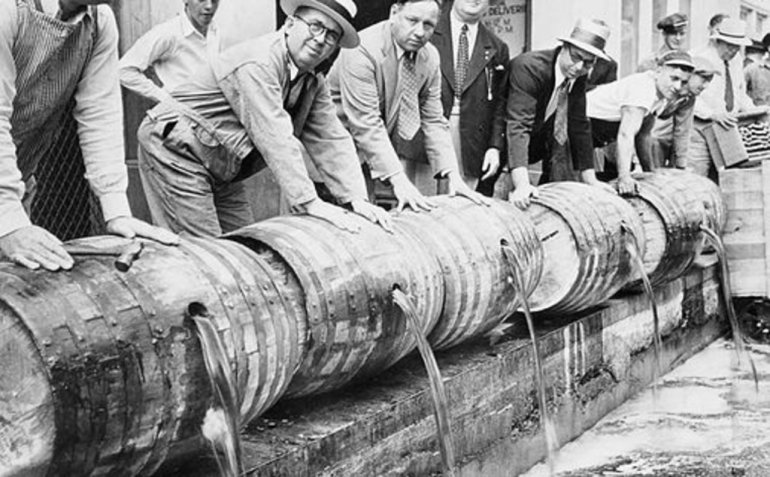
From that day on, the mob said: "Give the people what they want." Selling adulterated booze in bars and directly to individuals became a billion-dollar business.
- In Chicago, small-time crook Al Capone expanded his modest empire into a nationwide liquor empire thanks to Prohibition.
- In New York, two gangsters seized the opportunity to seize power: Charles "Lucky" Luciano, born in Sicily, and Belarusian-born Meyer Lansky.
In bloody gang wars in the dark alleys of New York City, they learned how to cut a hard path to the American dream. Lansky supplied whiskey to the bars and nightclubs of Manhattan, Luciano ran racketeering and trafficked girls. Italy's Cosa Nostra and the Jewish-dominated Koshernostra followed their own path.
And what about Las Vegas? In 1829, a young Mexican scout named Rafael Rivera was searching the uncharted desert for a shortcut to the Santa Fe to Los Angeles trade route. From a hill, he saw a green valley in the middle of the desert, fed by underground springs. Rivera named the place "Las Vegas" - "the fertile valleys." In 1855, the Mormons built a small fort and tried to convert the Indians. However, they had little interest in Christianity and occasionally spent time gambling.
For a long time Las Vegas was a deserted den full of horse thieves, and then a lonely railroad station in the wilderness between Chicago and Los Angeles.
- In 1900 there were only 30 settlers in the valley.
- In 1921 there were about 3,000. There were more sheep than residents.
But then, in 1931, three events occurred simultaneously that would prove to be a triple big bang for modern Vegas:
- Capone's arrest in Chicago shook up the branched Mafia clans. In response, they united all the Jewish-Italian gangsters into the infamous "Syndicate," whose armed unit became known as the Murder Corporation.
- The second event was Nevada becoming the first and for a long time the only U.S. state to legalize gambling in 1931.
- The third event was the construction of the Hoover Dam in 1931, a massive dam that changed the entire region.
Thousands of people began blasting and destroying the rocks of the Black Canyon. And in the evenings, the workers relaxed in the small entertainment district of Las Vegas, 40 kilometers away, in this gritty Wild West hole full of whores, mules and gentlemen of fortune. Sawdust on the floor, shots in the air, frilly skirts. Wild West in Vegas.
And then in 1940, Tom Hull, owner of Hollywood's famous Roosevelt Hotel, broke down his car in Las Vegas on his way from Southern California to Salt Lake City. While waiting for help, Hull counted passing cars. And he knew right away: this was a gold mine. For 2.5 cents a square foot, he bought a 27-acre plot of land off the road and built El Rancho Vegas, and soon after, The Last Frontier, the first big houses in Las Vegas.
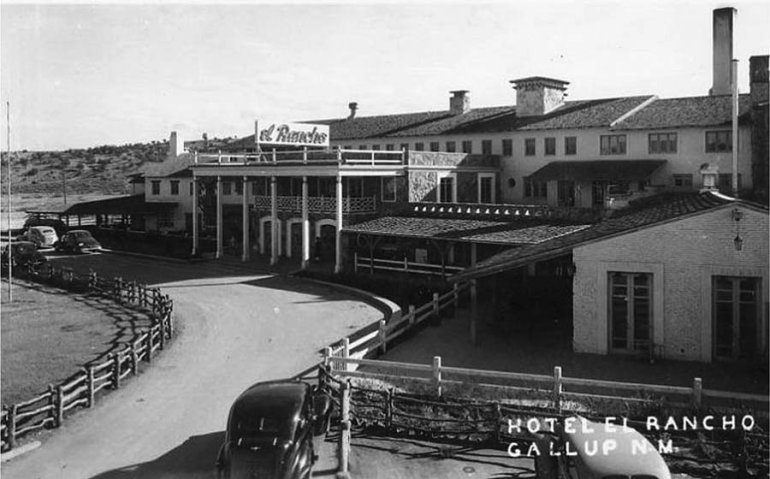
The 1940s also saw the legalization of betting on horse racing in Nevada, which led to the arrival on the scene in 1942 of gangster Bugsy Siegel, a flamboyant womanizer and narcissist. Siegel traveled to Nevada on behalf of Meyer Lansky and Lucky Luciano to take over the bookmaking business. Bugsy immediately realized that Vegas was an Eldorado.
At first, he tried to buy El Rancho from Hull. But then he thought, "We'll do it ourselves. Bigger, more spectacular, more exciting." He took a stake in the hotel project, which he named after the nickname of his long-legged stripper girlfriend, "Flamingo." Siegel bought a 17-acre parcel along a sandy dirt road that later became the world-famous "Las Vegas Strip." He wanted "the biggest, damnedest, swankiest casino and hotel you scoundrels have ever seen," as he promised the press. He even wanted to bring live flamingos to the opening. But two animals died in the desert heat, so he canceled an order for 2,100 more.
Siegel's Flamingo opened on December 26, 1946, eleven miles from downtown Las Vegas. With its 105 rooms, it was considered the most luxurious hotel in the world at the time. But Siegel threw too many millions to the Mafia in the desert wind, and the Mafia did not forgive him. He died from a hitman's bullet in Beverly Hills six months after opening the first major casino in the United States. After that, a golden age of crime began in Las Vegas.
The Golden Age of Crime in Las Vegas
Mafia involvement established itself as a common business model in Las Vegas for the next three decades. Banks didn't want to put capital into the dubious slot machine business; they were too sophisticated for that. On the other hand, gangs from Chicago, Cleveland and New York were looking for a way to invest the proceeds from moonshine and other shady activities. Las Vegas became a money laundering machine for mob clans.
"Sin City became a Mecca for all sorts of rabble. The syndicate was the state's largest employer. Dark figures would rush to the casino's "counting rooms" every week and bring briefcases full of wads of dollars by plane, car or train to Lansky's headquarters in Miami. The syndicate hid the money in Swiss bank accounts, from where it would flow back to the U.S. via the Bahamas - and flow into new hotels, apartment complexes, shopping malls and movie companies.
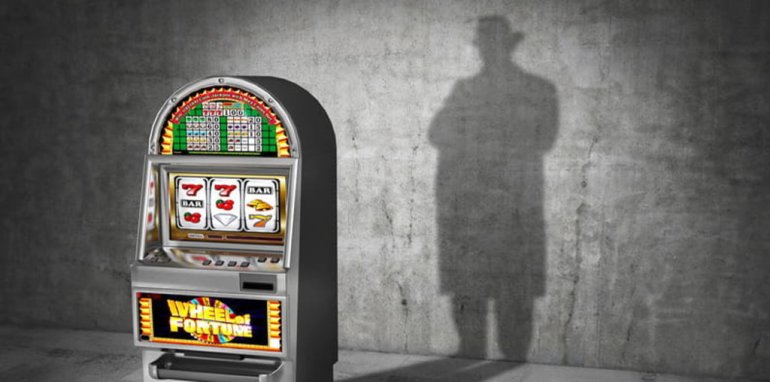
The mafia clans agreed on a "purity law." This meant that everyone was allowed to do whatever they wanted, provided that the bloody conflicts unfolded in the desert, not in front of the robbed tourists.
In the fifties, the gangster paradise became a mirror of America. In the legendary Stardust Casino, Frank Sinatra shone, while sexism and violence were part of everyday life. The flow of naive girls dreaming of a career never stopped.
- Nevada's suicide rate was higher than any other state.
- The city had three times as many police officers as comparable places.
- Alcohol consumption was 200 percent higher than the national average.
- There were three times as many homeless people as in other cities.
- There were five times as many broken families as the American average.
Vegas became the brightest star in the American firmament. During this period, casinos became symbols of the American dream and wealth. Benny Binyon, the legendary casino manager, had a very simple recipe: "If you want to get rich, you need to make the little people feel like somebody special. Good cheap food, good cheap whiskey and good gambling. That's all people need." The gambling patriarch and founder of Horseshoe, who once tried eleven times to kill a competitor before finally succeeding with a mail bomb, was honored with an equestrian statue in 1984. Vegas loves its criminal heroes.
The golden era of casinos and the Mafia was marked by swagger, luxury, and established connections between Mafia organizations and gambling establishments that provided the perfect cover for the Mafia. Hiding behind the glitz and luxury, it was free to conduct its business while remaining undetected by the public and law enforcement. During the post-war economic boom, casinos became a place where one could not only have fun, but also spend large sums of money.
Let's describe a few famous cases of the Mafia's cooperation and influence on casinos that have become part of gambling history:
- Flamingo Casino in Las Vegas. This casino was one of the first in Las Vegas and became a symbol of the beginning of the era of gambling in this region. It was founded by Benny Siegel with money from the Mafia.
- Sands Casino in Las Vegas. It was founded in 1952 and was owned by a group of investors that included prominent mobsters such as Meyer Lansky. This casino was one of the most popular casinos in Las Vegas at that time.
- Tropicana Casino in Atlantic City. The Tropicana was one of the first casinos in Atlantic City and was associated with mobsters, including the Goat Nostra. This casino was an important gambling establishment in the region and attracted many visitors.
- Riviera Casino in Las Vegas. Founded in 1955 and also had ties to Mafia organizations. It was one of the key gambling establishments in Las Vegas for many years and left its mark on the history of gambling.
These examples demonstrate how Mafia groups actively influenced the development and operation of casinos in various regions, using them to legalize their profits and expand their influence.
As more and more Mafia families built casino resorts, there were concerns about how increased competition would affect profits. Various mafia families from around the country eventually agreed to a deal where each would get a share in each other's resort. By the time lawyers legalized all the deals, it was nearly impossible to determine who owned what. Nevertheless, as it was, everyone got their piece, and that piece was huge.
Thus, it was a golden time for communication between the casinos and the Mafia - secret deals, hidden arrangements and clandestine operations that resembled a well-played hand in poker. The story of the relationship between casinos and the Mafia became part of the legends and myths of the golden era of gambling. It was a time when casino laws and regulations were often ignored and criminal figures ruled the ball. But this is only the first chapter of this fascinating story, which, like any good game, is full of plot twists and unexpected turns.
Legislative measures to combat organized crime in casinos
The fight against the mafia in the world of gambling looks like a thriller, where every step of the government resembles a hunt for a criminal hidden in the shadows. Let's look at a few key points.
For a long time the authorities simply watched what was happening and did nothing. It wasn't until the early 1960s that the mood changed. Las Vegas was going through a crisis at the time - the presence of gangsters scared away investors. The government increased pressure and denied casino licenses to players who had contacts with the mafia. The situation was not easy.
The solution to all the problems came with Howard Hughes. He had to literally buy Las Vegas from the Mafia. In 1966, on Thanksgiving Day, Hughes and his entourage arrived in the city on a special train. He was already a legend in his lifetime as an heir to millions, movie producer and entrepreneur. His total fortune was estimated at $2.5 billion dollars.
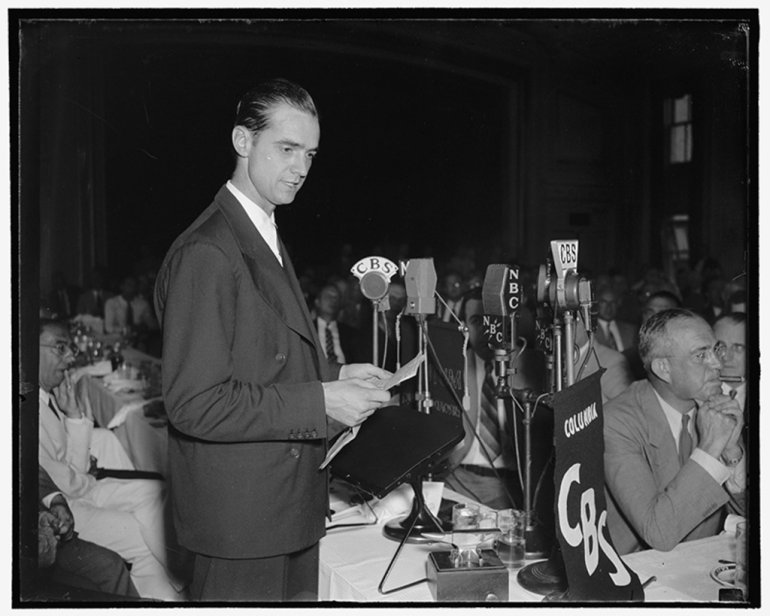
After settling in at the Desert Inn, Hughes went on a shopping spree. Over the next four years, the quirky billionaire purchased numerous hotels and casinos without leaving his hotel room. Investing in Las Vegas real estate seemed like a good opportunity for him to save on taxes. He bought 17 resorts and drove the Mafia out of them. Four years later, Hughes retired from the casino business after his ventures failed to produce the expected results. He had hoped for huge profits, but in fact he lost money overall.
In fact, Hughes followed the plan of his purchases and specifically helped the mafia. The U.S. Department of Justice devised a plan to deprive the gangster syndicates of their economic base. Ultimately, the mafia bosses were not averse to such advances either. Given the growing pressure from the authorities, Hughes' proposals were a good opportunity for them to get out of the gambling industry. Consequently, the conquest was successful. When the gravely ill billionaire left the desert for the Bahamas in 1970, the syndicates lost almost all of their influence.
At the same time, the Mafia was weakened by bitter wars over spheres of influence between families, and the authorities increasingly struck at the organization. But what finally hurt the Mafia was a new federal law enacted in 1970, the Racketeer Influenced and Corrupt Organizations Act (RICO). Designed to combat the Mafia, RICO gave law enforcement new powers to prosecute groups and individuals and seize assets.
In the 1980s, the FBI launched a large-scale attack on Mafia interests in Las Vegas. Mafia-owned casinos were cleaned out and sold to legitimate owners. These new owners changed the face of the city and turned it into a popular family vacation destination. Most of the mobsters involved were arrested and sentenced to long prison terms.
If you live too far from Las Vegas, you can enjoy gambling games at online casinos. Here are some reputable clubs.
Conclusion
For half a century, organized crime ruled Las Vegas, hiding billions of dollars, destroying renegades, bribing politicians and police officers, evading taxes, laundering huge sums of money and creating this "paradise full of suckers," as mob boss Meyer Lansky put it.
And in 2012, the Mob Museum opened on Stewart Avenue, located, remarkably enough, in a 1932 courthouse. There, the city lovingly displays its criminal heritage. Visitors gaze in pleasant horror at the electric chair. The museum's store offers beer coasters featuring Lucky Luciano, socks depicting a crosshair, rubber Al Capone figurines, shotgun-shaped schnapps cups and Mafia cookbooks. And in the basement of the museum, an exact replica of a Prohibition-era diner sells moonshine. The Mob Museum was recently named one of the top 20 museums in the United States.
Mob money made Las Vegas great. But the golden age of gangsters is long over. Today, the gaming metropolis is run by investment bankers and analysts. The new owners of Sin City are fighting battles for takeovers worth billions of dollars.



















































